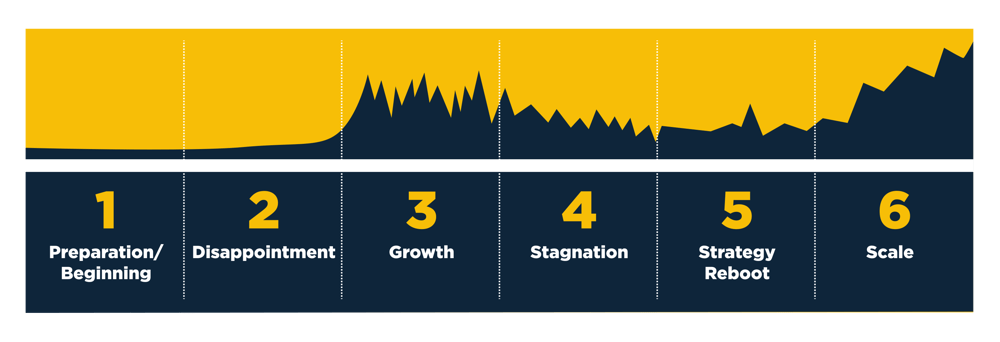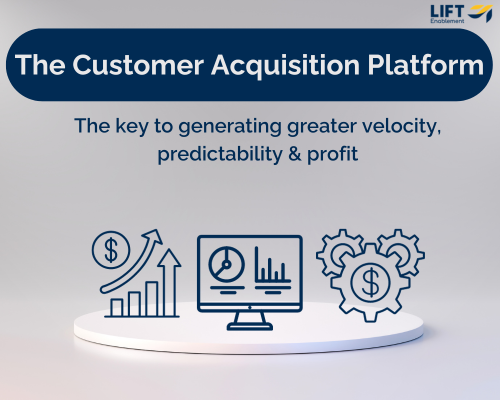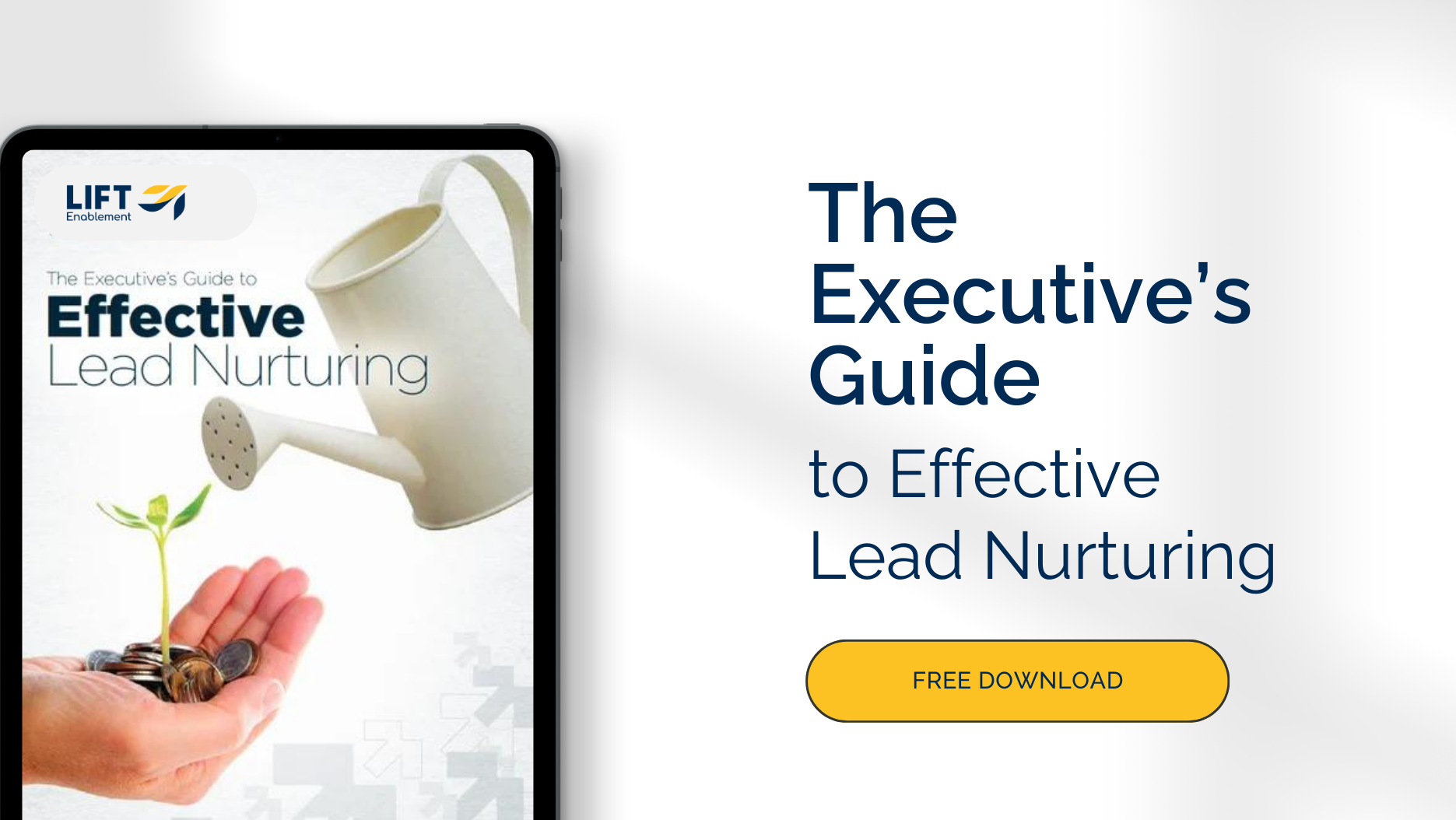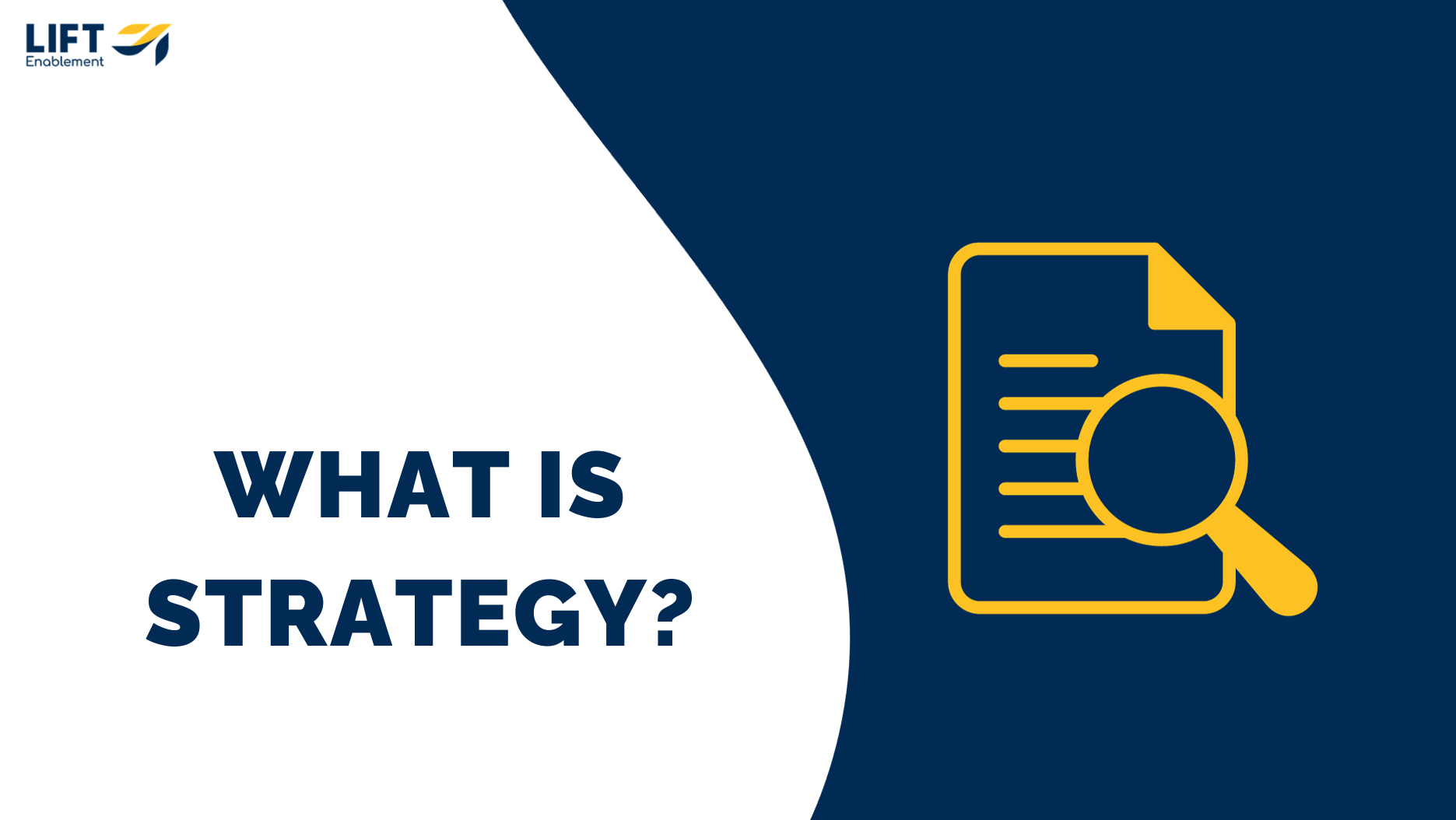The Six Stages of a Successful Growth Strategy
 While growing a business is filled with unique challenges and opportunities, and breaking the code to growth often feels akin to breaking DaVinci’s Code, the actual journey to sustainable and scalable growth is really quite predictable. Growth focused companies will go through six distinct stages in their journey. Knowing and understanding what those stages are is crucial to successfully navigating them.
While growing a business is filled with unique challenges and opportunities, and breaking the code to growth often feels akin to breaking DaVinci’s Code, the actual journey to sustainable and scalable growth is really quite predictable. Growth focused companies will go through six distinct stages in their journey. Knowing and understanding what those stages are is crucial to successfully navigating them.
Stage 1 - Preparation/Beginning
In many ways, this is the most exciting and fun part of the entire journey. As you develop your strategy, define buyer personas, update and power your message and select the tactics you’ll use, you experience great clarity and it’s natural to be excited about implementation.The thing that is great about beginning the journey is that you have no expectations around immediate results and you’re not dealing with all of the pains and chaos associated with execution. The three biggest dangers at this stage are:
- No one ever feels a mistake made in the preparation/beginning phase (the pain always comes later).
- No matter how you approach this phase, you’re building a plan based upon assumptions, so confusing those with facts and data can be very dangerous.
- It’s very natural to be company/product-centered, rather than customer-centered. Your battlecry should be “Solve for the Customer!”
Stage 2 - Disappointment
As the strategy phase moves to execution, things really start getting crazy...and scary. The strategy is not quite done and there are still a lot of open questions. The execution model is there, but it’s less than certain and not bullet proof. The content you’re creating feels good, but you’re still not quite sure. Suddenly all of that certainty that existed in the beginning, feels like confusion - and confusion feels an awful lot like failure.It’s not unusual for immature leaders and teams to jump back to the preparation/beginning phase to make things clearer or to find a better way. This is the primary reason that good or even great ideas never get started. Your battlecry here needs to be “Ship It!” or “Launch!”Of course this brings you to the next phase of disappointment. Content gets posted. You launch/adjust your sales development approach and calls start getting made. But no one seems to be reading your blog posts, clicking on your calls-to-action or responding to your SDRs. Fear kicks up. You start looking at how much money and time you’ve spent and you begin to worry if it’s all been wasted.It’s natural to feel like quitting at this point, but don’t. This doesn’t mean that you execute blindly. In this first phase of execution, your focus should be on constant experimentation and testing. You’re working to find market/message fit, and to learn where your assumptions were off. Keep testing, measuring and adjusting and soon you’ll be in the next phase of success.
Stage 3 - Growth
Blog traffic is up 500%. You’re getting a steady flow of leads from your content (not enough to meet your objectives, but enough for your confidence to come back). Your SDRs start producing a stream of sales qualified leads. “Hey,” you think, “this is working after all. Next stop, a sales growth explosion.”Of course, danger awaits (more on that below), but it’s important not to lose site of the lessons you can learn in this first phase of growth. By sticking with your plan and executing consistently (even if not flawlessly), you will start to see results. You’re beginning to build a full funnel and you’re seeing that the concepts that you were so excited about in the beginning really do work. You’ve also pivoted quite a bit and have learned some important lessons.Your biggest danger here is that you think the hard work is done and you get complacent. There’s still a lot to learn, pivots to make and obstacles to overcome. At this stage growth is still driven more by effort than by structure. As a result, it is still not predictable, nor is it sustainable. Any executive who remembers finishing a year or a quarter on a high, only to later wonder where all the momentum went knows precisely what I’m talking about.
Stage 4 - Stagnation
The growth stage is fun, but somewhere around 98% of successful revenue growth strategies will suddenly find themselves in a bit of chasm. Now this doesn’t hit you overnight, but over a few months you start noticing that traffic isn’t growing and may even be decreasing. The same for leads. It can be very confusing, as you haven’t changed anything, but the results seem to be decaying.As the old phrase goes, what got you here isn’t enough to get you there. While this stage is very frustrating and will sap your confidence, it’s important to acknowledge that it’s a natural phase and a part of the process. Be ready for it.
Stage 5 - Strategic Reboot
The stagnation phase is a lot like the disappointment phase. Your job in that stage is to get back to testing and experimenting. However, where the tests and experiments in the disappointment phase tend to be relatively simple, in this stage, it’s far more complex.You’ve learned a lot so far in this journey, so as long as you’ve been tracking the important data and logging what you learn, you’ll be prepared. Getting through the stagnation phase often requires a reboot in your strategy. You’ve often have to go back to your market definition, personas and message. What you developed initially was good, but now it has to be great. Your tactics have to evolve as well, and you must execute at a higher level. This is the time where a true growth team emerges to lead the organization on a path to predictable, sustainable and scalable growth.
Stage 6 - Scale
Very few organizations make it through to this stage. In the strategic reboot, you must redefine, develop and optimize a series of systems, structures and disciplines. The upside for those that do is the opportunity to truly scale growth and meet their long-term objectives.Of course, the biggest danger here is complacency. Growing a business is an awful lot like hitting in baseball. It takes a lot of hard work to get your swing working the way you want it to, and it’s really easy for it to fall apart. Many organizations revert back to stagnation as a result of a lack of attunement and discipline. Those that continue to stay focused, constantly tweak and iterate are the ones that enjoy long-term success.A final note here. This is the journey. Accept it. Don’t try to skip steps. For example, many people will be tempted to “skip stagnation.” The reality is that stagnation (and disappointment for that matter) are crucial to long-term, sustainable growth. A tremendous amount of learning and improvement happens in those phases, and any attempt to skip it makes it both less likely that you’ll succeed and even if you do hit scale, it becomes far less likely that you sustain it.

.png)


